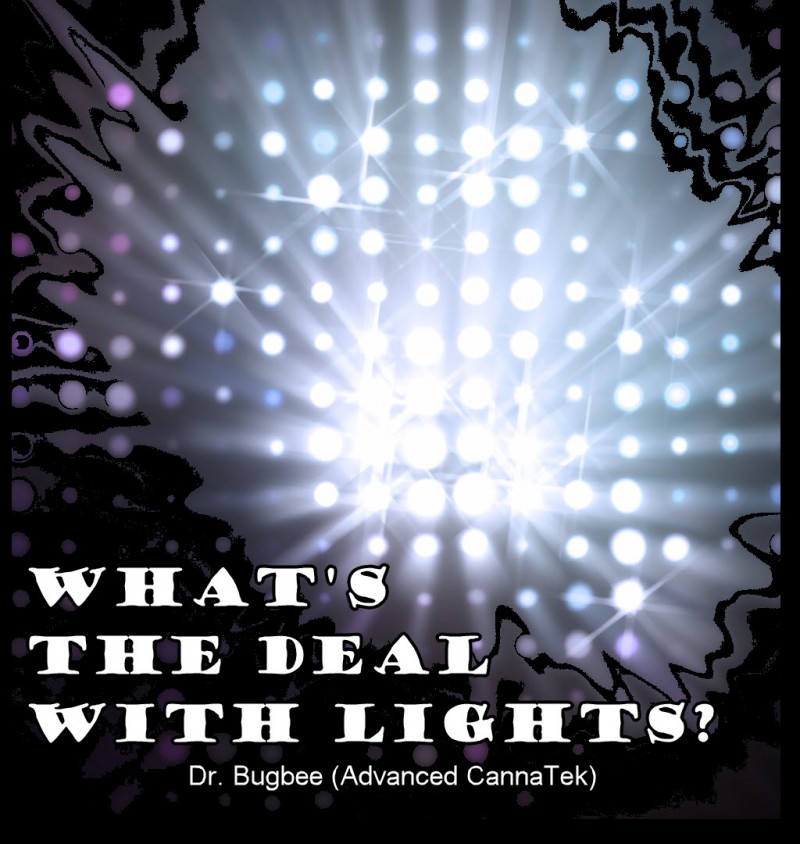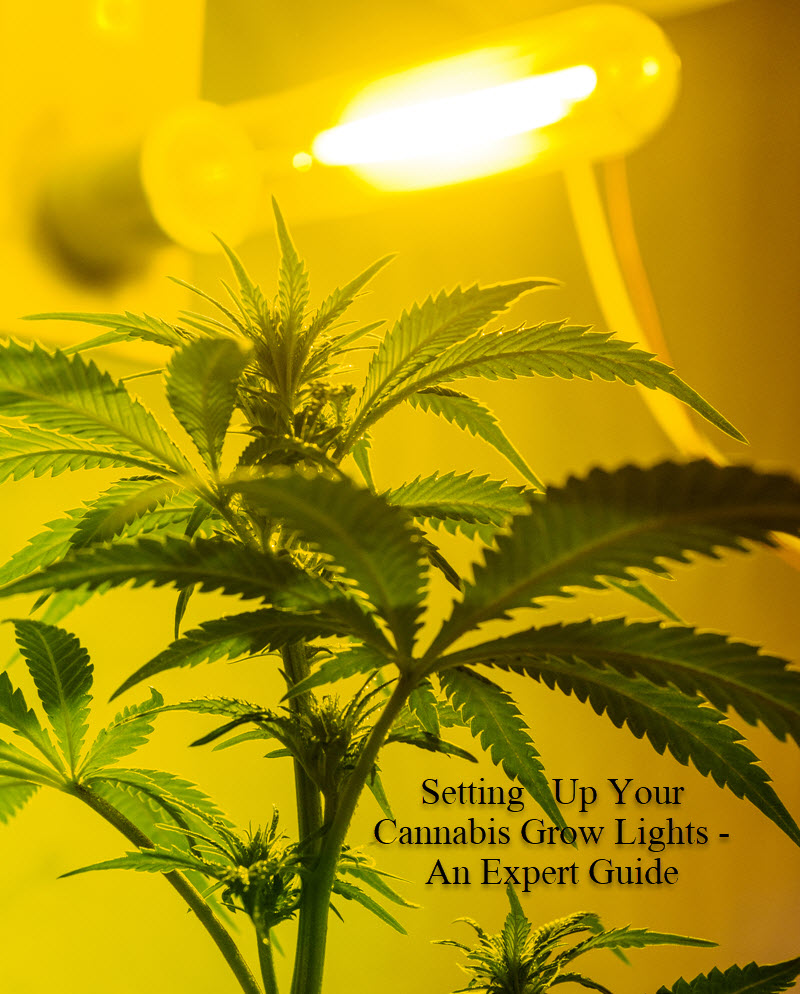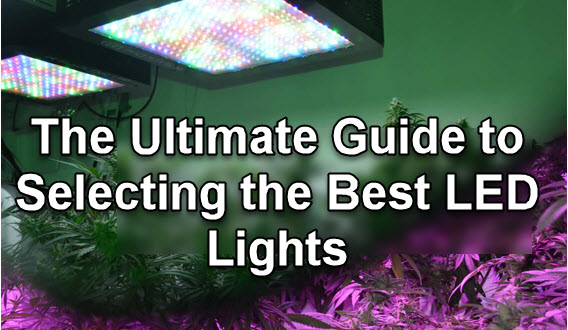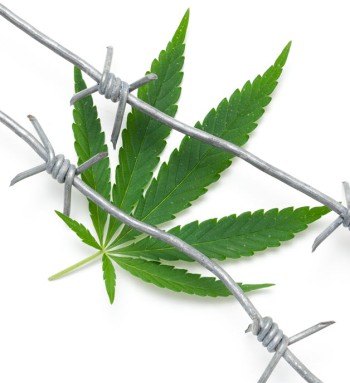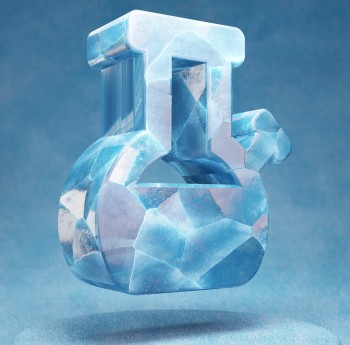Let’s talk about Lights and Cannabis
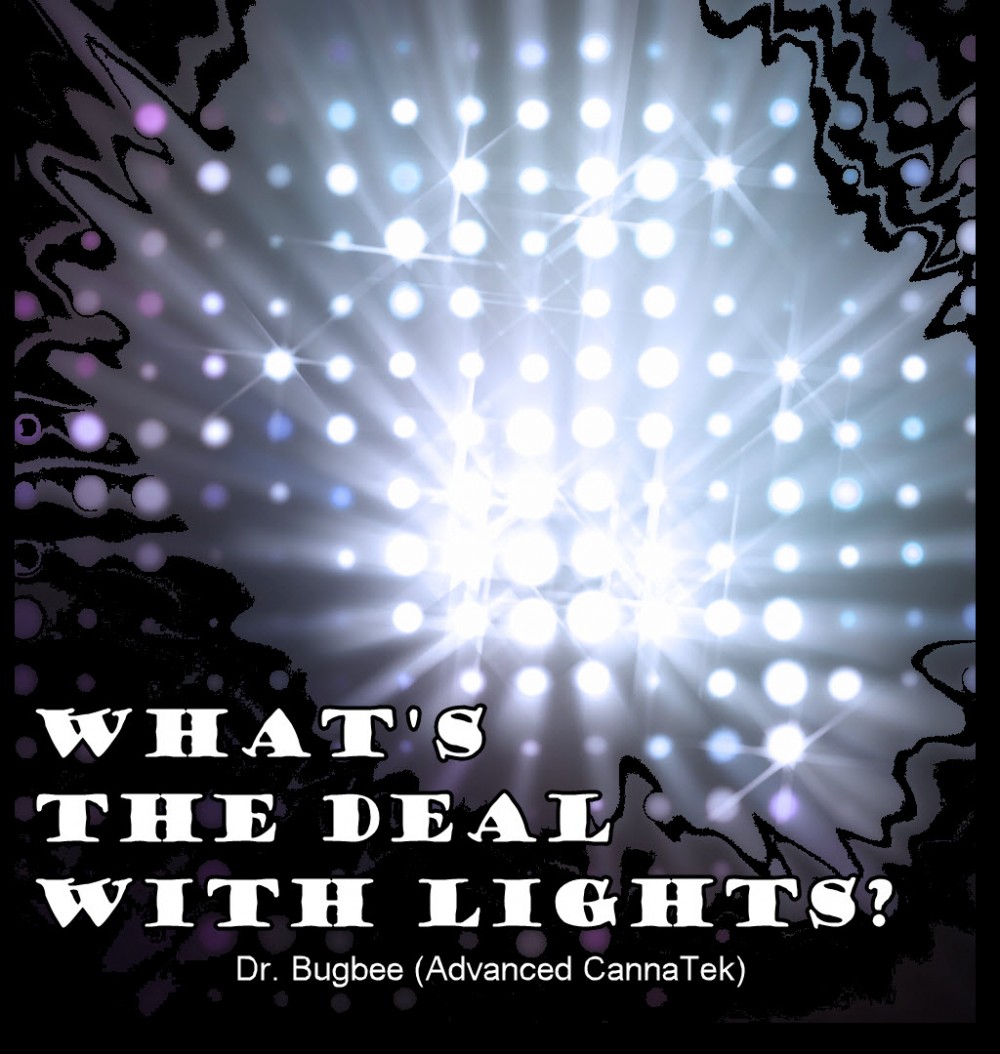
Today, I will attempt to simplify a very interesting class given by Dr. Bruce Bugbee on the Apogee Instruments Youtube Channel. It’s a 44-minute long talk on topics like, “How to properly measure light”, and “what’s the threshold of light exposure vs cannabinoid-synthesis within the plant”.
For anyone interested in becoming a better cannabis grower – this is definitely a video I recommend that you take a look at. Of course, Apogee plugs a few instruments that you might need to adequately measure light systems – but I’m sure there are other alternatives out there as well. I am not here to promote Apogee; in no way did they incentivize me to write this article.
The person who inspired me to write this article was Dr. Bugbee because the explanation of the subject matter was expertly given. I think anyone who wants to become a better grower needs to be continually working on increasing their technique and expanding their knowledge-base.
In fact, it is one of my goals this years to significantly increase my knowledge of growing cannabis. For the longest time I had this notion to become completely “medically self-sufficient”. I wanted to learn as much about what I could grow and how I could use it to sustain/maintain my health. This doesn’t mean that if I need a doctor I won’t go to one – it simply means that I want to exercise a greater degree of control within my own health.
To do this adequately – I need to become a better grower to produce a higher quality medicine. And so, I went on a journey to find master classes of cannabis cultivation to help me achieve my goal.
Fortunately for all of you; I write for this fine publication and as long as my “Editor-in-Kief” allows me to share my exploits with you – we’re all going to be learning a lot more this coming year.
So let’s talk about cannabis and lights.
The Basics
While we have been cultivating cannabis for thousands of years – only today do we have the technology to manipulate light spectrums and create efficient light sources. At least within our current understanding of human history.
We now have somewhat efficient ways of measuring light. Bugbee speaks about a variety of different measuring techniques, but mostly speaks about Photosynthetic Photon Flux Density (PPFD) which is measured in micromoles per meter squared per second. [Source]
This is important because understanding the PPFD of your light source, will provide you with an additional variable to play with during the growth cycle of your plant.
So what does this mean?
Dr. Bugbee goes into a lot of detail on this subject matter – and me trying to relate this back to you will probably bastardize his work – but I will continue to do so within my ape-like demeanor.
To put things into perspective; the PPFD of Sunlight is about 2000. This is the “high-end” of typical light spectrums. He said that a “well-lit office” sits between 6-10. Putting that into scale with direct sunlight, you now have some sort of “reference” for what I’m about to say next.
When it comes to lights – you have to consider whether the “plant” can handle the amount of light you are exposing it to. In other words; “Is there a point where ‘light saturation occurs’? A threshold where photosynthesis has reached its max?
According to Bugbee, with cannabis the threshold is high. “It’s like a sports-car”. Compared to a lettuce who tops out at about 500-PPFD, cannabis can be pushed beyond 2000. And we have lights that can do that!
The problem however is that when you do this – and place the cannabis in long periods of light exposure, every other critical component for growth will be affected. This is called the “nine cardinal parameters which include; light, temperature, wind, CO2, Humidity, Nutrients, Oxygen (roots), Root temperature & water.
When you increase light exposure – your plant will increase every other cardinal parameter – which then becomes an entire balancing act for growers. Since the water is consuming more water, it could throw off the nutrient balance in a DWC for example. This can then lead to nutrient deficiency or toxicity and kill your plants.
This is just one example of how understanding the science of light – in relation to cannabis – can help you increase yield and use power more efficiently.
Phenotype differences?
Bugbee explained that even though there are different phenotypes [Sativa, Indica, etc], all of them essentially behave the same way when it comes to utilizing light. When they played around with different light treatment between the phenotypes – they found little to no differences in result.
Additionally, they found no real statistical difference in changing color of light in relation to cannabinoid synthesis. This is in relation to the different light spectrums of visible light.
Conclusion;
Cannabis is a very versatile plant and you can technically grow weed with almost any type of light source. The only difference will be the increase or decrease in cannabinoid-synthesis or “yield” [quality/quantity].
Dr. Bugbee also mentioned something about Far Red light (750-850 PAR) and UV and how it interacts with the cannabis plant. I’ll report on that next week after doing some more research.
He did mention as a tip to look for “broad spectrum” light sources with “high efficiency” when growing weed. Just thought I might drop that in there as well.
The bottom-line folks – there’s a lot to learn about weed if you decide to go down the rabbit hole.
CANNABIS GROW LIGHT SET UPS, READ MORE...
A GUIDE TO CANNABIS GROW LIGHTS AND SET UPS, CLICK HERE.

